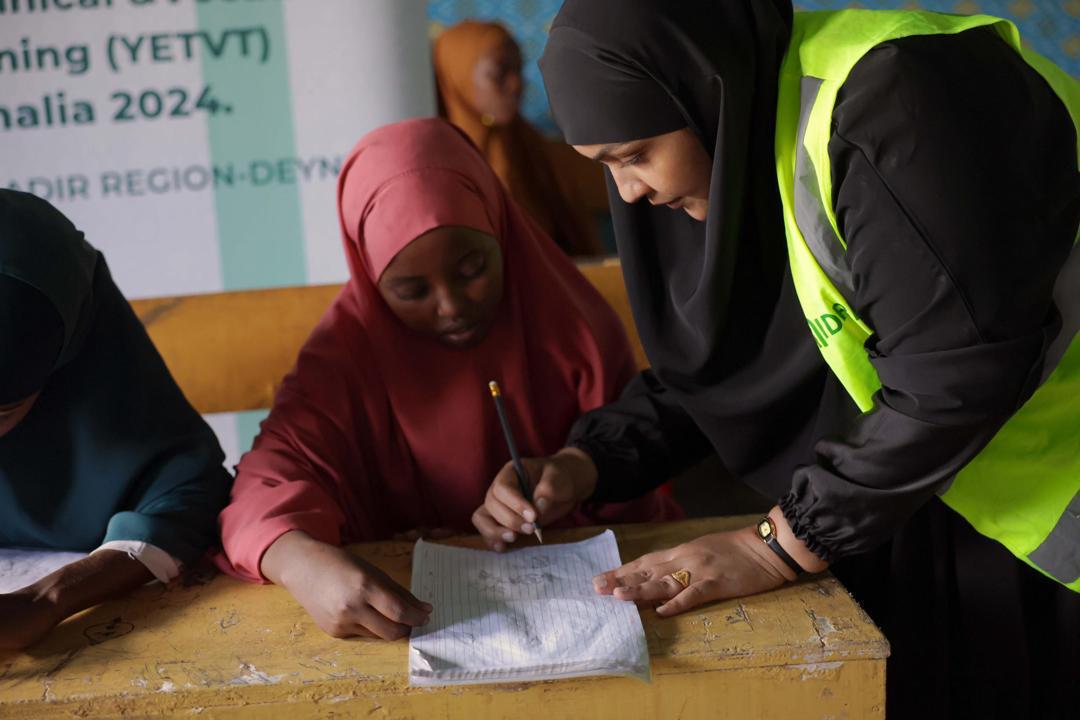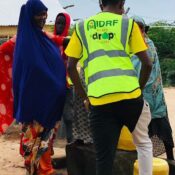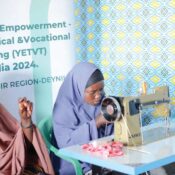
Blog Two
At Phase Organization, we continuously strive to refine our approach to community development, ensuring our methods are both effective and empowering. Historically, assessments have focused on identifying needs or deficits within a community. However, there is a growing recognition that this approach can unintentionally create a narrative of lack. That’s why we are shifting towards a strengths-based assessment model.
This blog explores the importance of moving away from needs assessments and why a strengths-based approach is the key to sustainable and empowering community development.
The Traditional Needs Assessment Model
A needs assessment typically focuses on identifying the gaps between a community’s current situation and desired outcomes. This often involves:
-
Pinpointing shortcomings and challenges
-
Measuring deficits in resources, knowledge, or services
-
Addressing immediate problems without fully acknowledging existing assets
While needs assessments are useful in highlighting pressing issues, they also risk framing the community as a place of deficiency, rather than a place of potential. This model, although essential in the past, often creates a sense of dependence and helplessness.
The Case for Shifting to a Strengths-Based Assessment
In contrast, a strengths-based assessment focuses on identifying the existing assets within the community. It centers around the resources, talents, skills, and capacities that already exist. This shift is not just a change in method, but a transformative way of thinking about how we work with communities.
1. Empowerment Over Dependency
One of the major drawbacks of needs assessments is that they can often lead to a dependence on external resources. When a community is constantly framed in terms of what it lacks, it may feel that it needs outside intervention to solve its problems.
A strengths-based approach, however, flips this dynamic. It empowers communities to recognize their own abilities to make change. By focusing on what already works, we foster a sense of agency and ownership, encouraging communities to take an active role in solving their problems.
2. Positive Narrative and Motivation
A needs-based approach often emphasizes what is lacking, which can create a negative narrative. When communities are constantly told what they lack or need, it can lead to frustration, a sense of hopelessness, and disengagement.
On the other hand, focusing on strengths fosters a positive narrative. Communities are seen as resourceful, capable, and resilient. This shift in mindset encourages hope, optimism, and motivation to address challenges collectively. It also highlights the potential for growth within the community, which is key to sustainable development.
3. Building on Existing Resources
In a needs-based assessment, the focus is often on what is missing. But in reality, most communities already have a range of resources that can be tapped into. This includes:
-
Skills and talents of individuals
-
Social networks and community ties
-
Cultural knowledge and traditions
-
Local leadership and organizations
Strengths-based assessments allow us to identify and build upon these existing resources, rather than starting from scratch. By recognizing and leveraging what the community already possesses, we can create more sustainable and contextually appropriate interventions.
4. Promoting Long-Term Resilience
Focusing on strengths builds resilience because it encourages communities to develop solutions based on their own assets. This leads to long-term, self-sustaining solutions that are not reliant on external aid or constant intervention.
When communities recognize their own strengths, they are better equipped to adapt to future challenges. They are not just solving immediate problems; they are building the internal capacity to thrive in the long run.
5. Sustainability and Ownership
Programs developed through a needs-based lens can sometimes fail to take root because they do not reflect the community’s true priorities or strengths. Communities may not feel ownership over programs that feel imposed or are too focused on their deficiencies.
A strengths-based approach, however, leads to greater ownership and engagement. When a community is involved in identifying and developing solutions based on its strengths, it is more likely to sustain those programs over time. The sense of pride in their own resources fosters a commitment to maintaining and expanding successful initiatives.
The Role of Phase Organization in Implementing Strengths-Based Assessments
At Phase Organization, we are committed to facilitating this shift. We recognize that:
-
Collaboration with the community is key. We work closely with individuals and groups to identify and leverage local strengths.
-
Capacity building is integral. We provide tools, training, and resources to help communities maximize their strengths.
-
Continuous feedback ensures that our strategies remain aligned with community needs and aspirations, creating an ongoing cycle of improvement.
Conclusion: Embracing Strengths for Empowerment
The move from needs assessments to strengths-based assessments represents a fundamental shift in how we approach community development. By focusing on what communities already have, we not only improve outcomes but also foster empowerment, resilience, and sustainability.
At Phase Organization, we believe this approach enables us to build stronger, more independent, and more capable communities. The future of development lies in focusing on strengths, and we are excited to continue leading the way.



